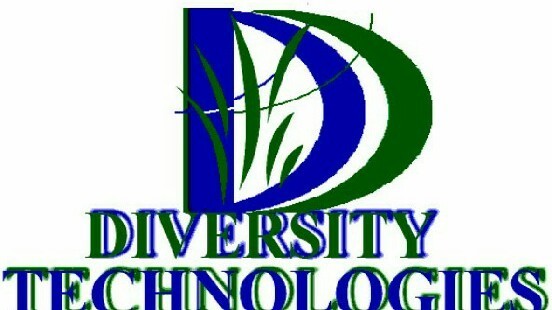When we think of automation, our minds often jump to robots stealing jobs from qualified humans in factories across the nation. To be sure, the workforce is changing. Two billion jobs around the world are affected by automation, an expected one in 5 workers in the U.S. will be contingent by 2020, and more than 400 trillion megabytes of data are created by connected devices annually. It increasingly appears that work is being taken from humans and given to machines.
To some extent, that assessment is right. However, it masks what’s really happening in the workplace. Workflow automation is actually revolutionizing productivity across industries while providing workers with real benefits to their everyday lives.
Here are the top ways workflow automation can actually humanize the workplace:
1. Put your team first.
Before implementing workflow automation, leaders must prepare their teams for the adjustments that come with it. Many workers are hesitant to embrace automated tasks due to a distrust of new technology, a reluctance to change their daily workflow, or fear for their job security.
To combat this hesitancy, workflow automation platform Mixmax recommends taking pains to put people first. Technology can never replace a good team, and teams need to embrace automation for change to be successful. Prove to them how this software will fundamentally make their day easier and more productive while improving their clients’ experiences.
Ensure new workflow automation software seamlessly integrates with existing infrastructure to ease the transition. Show examples of how smart automation can eliminate manual work and how it can ensure that nothing falls through the cracks. Make sure employees see leadership enthusiastically using the new software. This will build confidence and accelerate adoption. Essentially, lead by example.
2. Focus on administrative work.
How much of the day is filled with mundane, administrative tasks? Probably more than you realize. Setting up reminders, scheduling meetings, and drafting emails are just a few examples of the time-consuming processes that could be relegated to machines. Most employees would prefer to spend that time on high-level brainstorming and outreach.
First, businesses must decide what to automate. There are three main types of tasks: Tech Touch (can be completely handled by an automated system), Low Touch (work that relies on some level of human judgment), and High Touch (tasks that require human judgment and interaction). Of course, different businesses have different task proportions.
However, each business should take the time to find what work should be automated. By automating routine Tech Touch and Low Touch tasks, employees can devote more time to High Touch tasks that require more brainpower. This brings additional value to both customers and employees.
3. Free up time for personal outreach.
Many types of businesses can benefit from workflow automation. In fact, sales, finance, marketing, HR, accounting, and software development teams are already reaping the rewards across diverse industries.
Use workflow automation to improve your customer and employee relations by assigning certain tasks to machines. Teams then focus on complex communications that require human thought. After all, the goal is not to eliminate human contact, but to maximize it. Automation allows for more human touch in external outreach, like sales.
For example, if a client opens an email, a reminder is sent and a follow-up call can be made on the spot. That increases the chance of a positive engagement because the response is instant and a personal connection may be forged.
4. Reduce bottlenecks.
Is there anything more frustrating than working hard on a project, completing your portion, and watching it languish in a workplace traffic jam, awaiting approval? Often, teams have implemented systems that seem to work on paper but actually make completing tasks on time much harder. What may seem like a great plan at the moment may, without the benefit of perspective and hindsight, contribute to the problem.
With the ability to process massive amounts of data instantaneously, workflow automation software finds these bottlenecks when humans cannot. Business management platform BlueCamroo adds that workflow automation improves project accountability with assigned tasks and progress monitoring. Tracking workflow keeps everyone on the same page. Employees know their assignments and can focus on completing their own work, eliminating confusion, frustration, and finger-pointing. Additionally, top performers can be easily identified and praised for their efforts, boosting morale.
While it may sound counterintuitive, workflow automation is an efficient means of fostering human contact. It increases productivity by eliminating mundane tasks prone to human error. It’s also easily scalable. This builds space for the type of creative brainstorming many workers crave. Giving easy tasks to machines allows employees to spread their wings and use their minds for high-level work. This improves a company’s products, services, and prospects in the long run.
